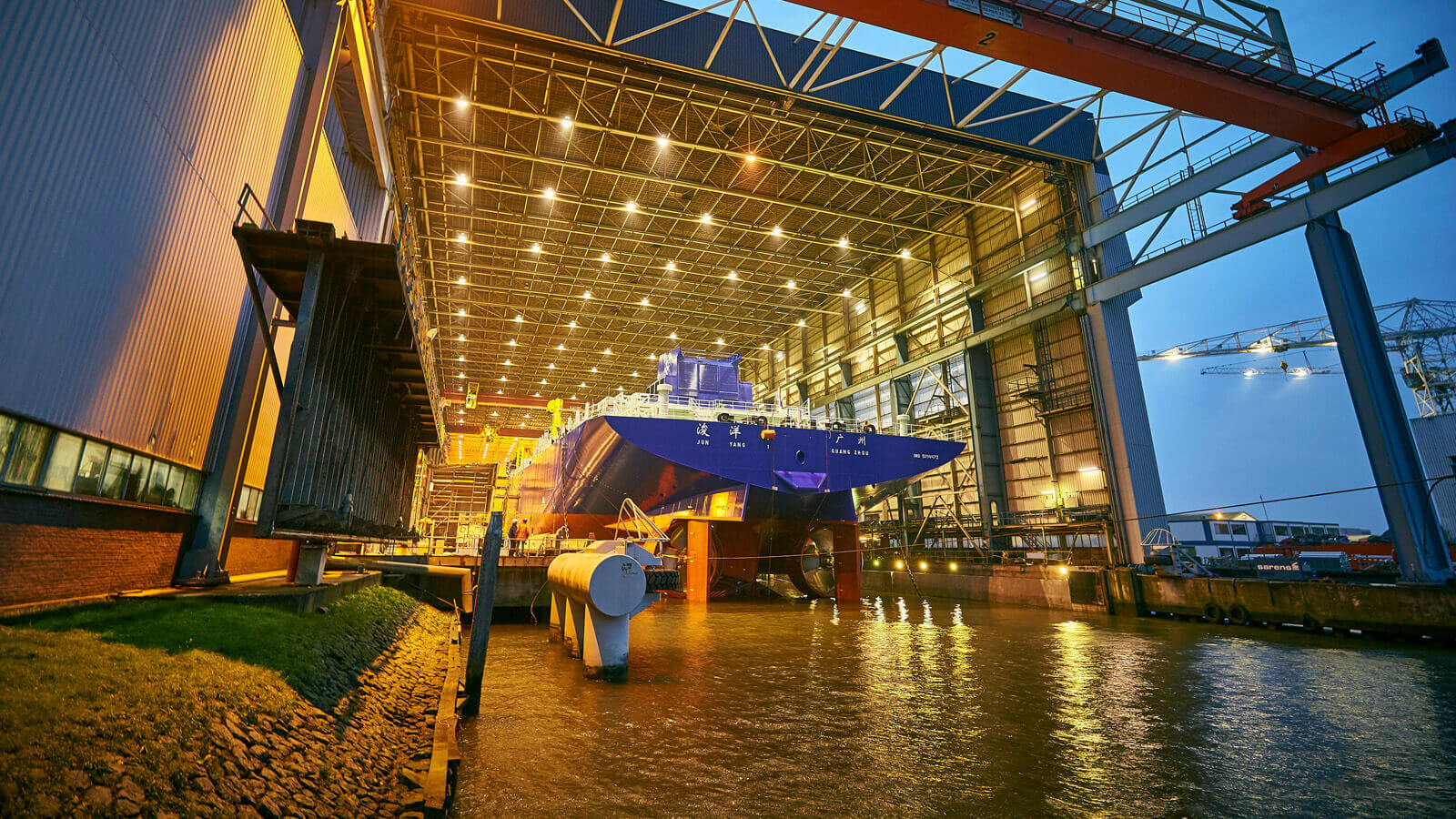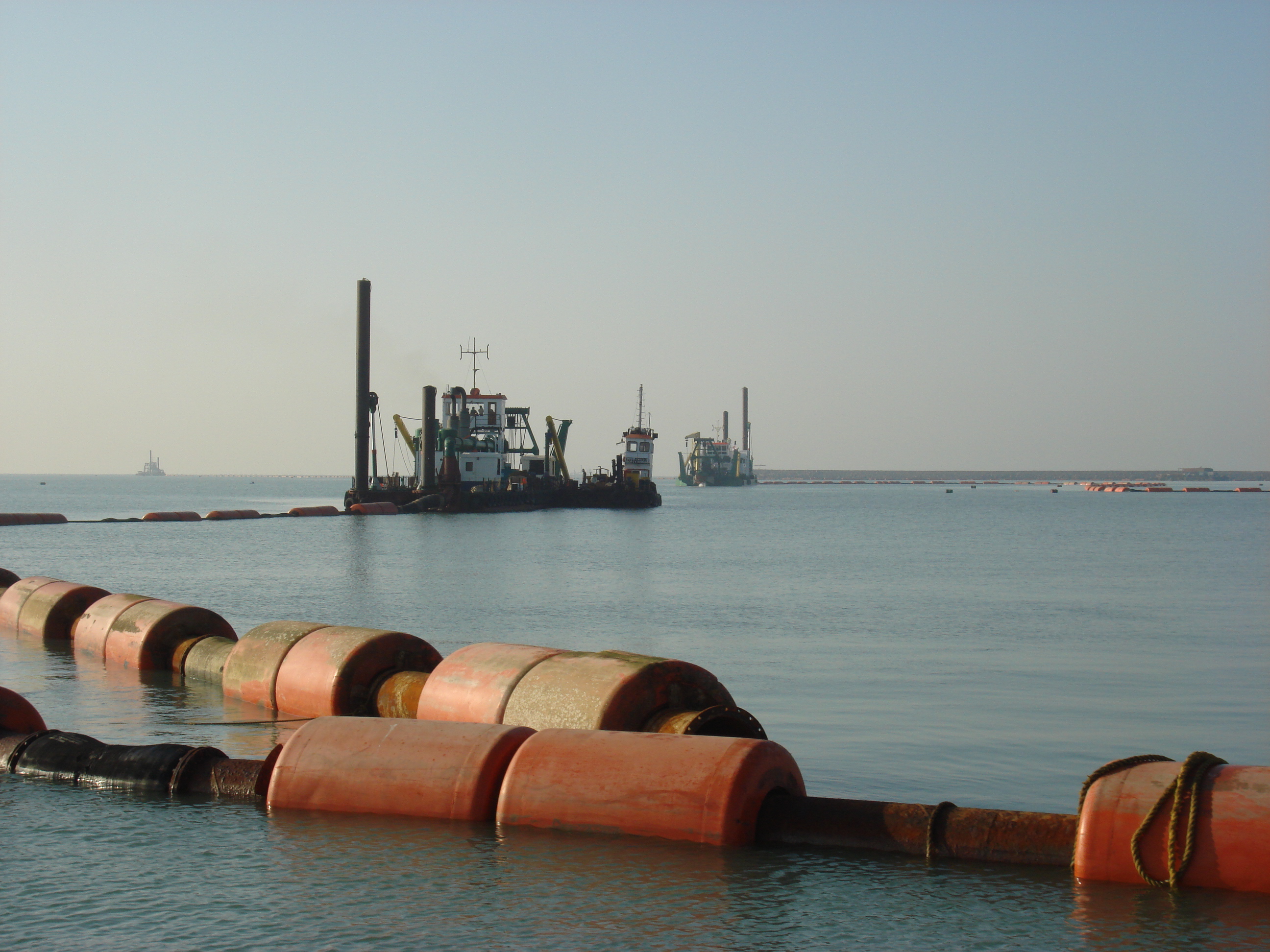Trailing suction hopper dredgers (TSHD)

More than 100 years of craftsmanship
Over 100 years ago, we built the first trailing suction hopper dredger (TSHD). Since then we have always performed in the forefront of dredging vessel design and innovation. We have built over 400 self-propelled standardised and custom-built hopper dredgers for our broad customer base.

Shaping the future of hopper dredgers
The development of hopper dredgers into emission-free vessels represents a significant advancement in the maritime industry's efforts to reduce environmental impact. Royal IHC invests in green technologies, such as alternative fuels, energy efficiency, and automation, to minimize the emissions of our vessels.
Why choose our trailing suction hopper dredgers?
-
Local representatives for maintenance and services
As a global company we have invested in our services. This means that we have local representatives on 6 different continents and in many countries. Should there be something wrong with your dredger we will assist you in fixing the issue.
-
Return on investment
All our hopper dredgers are aimed at optimizing the return on investment. We don’t only look at the initial investment but takes the entire life of the vessel into account. This means that maintenance, fuel consumption and wear and tear are prime considerations during the design. By taking a holistic view at the vessel we ensure the best ROI of all TSHDs.
-
Assistence in financing your new assets
Oftentimes getting a project depends on having equipment ready and being able to buy a vessel requires a project. We have assisted many clients in breaking this vicious cycle and assisted in getting financing in order to procure an asset and start earning money.
-
Knowledge and experience in creating most reliable dredgers
As world market leader in dredging equipment we have extensive knowledge about all dredging equipment. We leverage this knowledge and experience in creating the most reliable dredgers available.

How does a hopper dredger work?
While slowly sailing, a hopper dredger trails a suction pipe off the side of the hull. At the entrance of a suction pipe is a draghead. This draghead collects the soil like the mouth of a vacuum cleaner. The slurry is pumped to the hopper and stored for transport. When full, the TSHD sets sail to the discharge location. Depending on the project specifications, the discharge takes place by opening the hopper doors, pumping the material to shore or by ejecting it using a rainbow installation.
Suitable projects
Hopper dredgers are allrounders by nature. It is a self-propelled, seagoing vessel and among other advantages a hopper dredger is capable of handling many different dredging projects. It can be put to work anywhere in the world. Also, it is the only type of vessel that dredges while sailing, making it the dredger of choice for operations in waters where tides and swell occur, and where interference with the movement of shipping cannot be allowed.

How can we help you?
Get in touch and our experts will help you.




